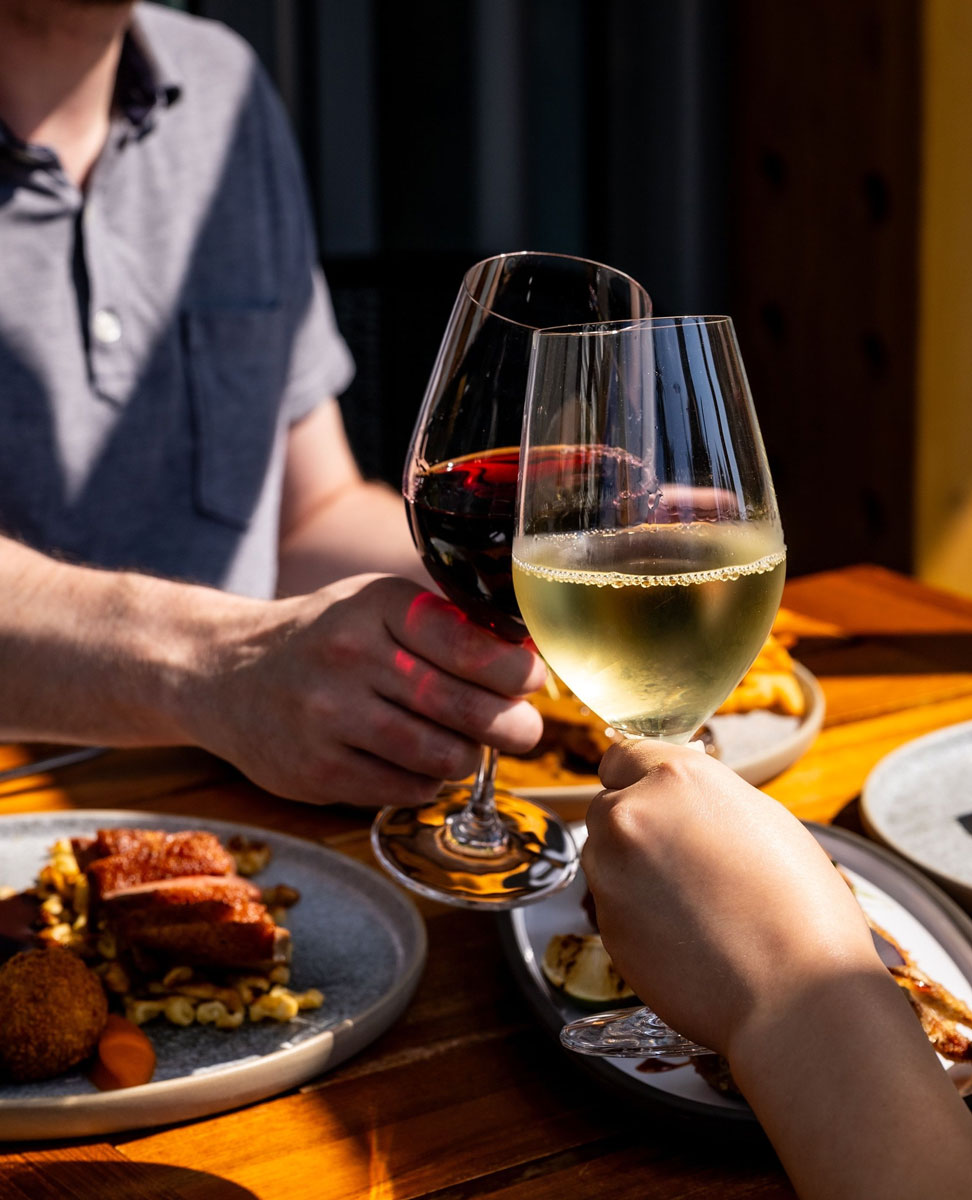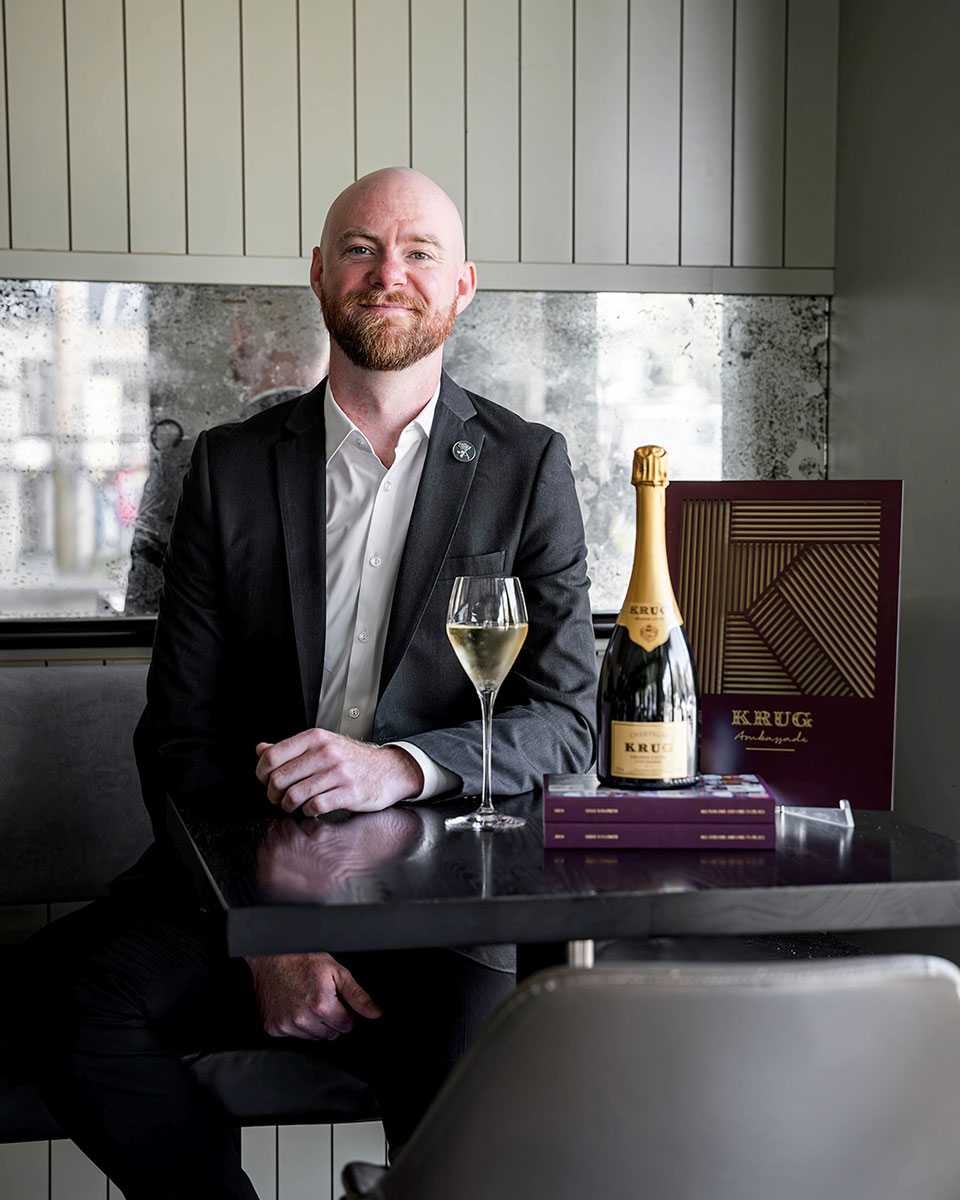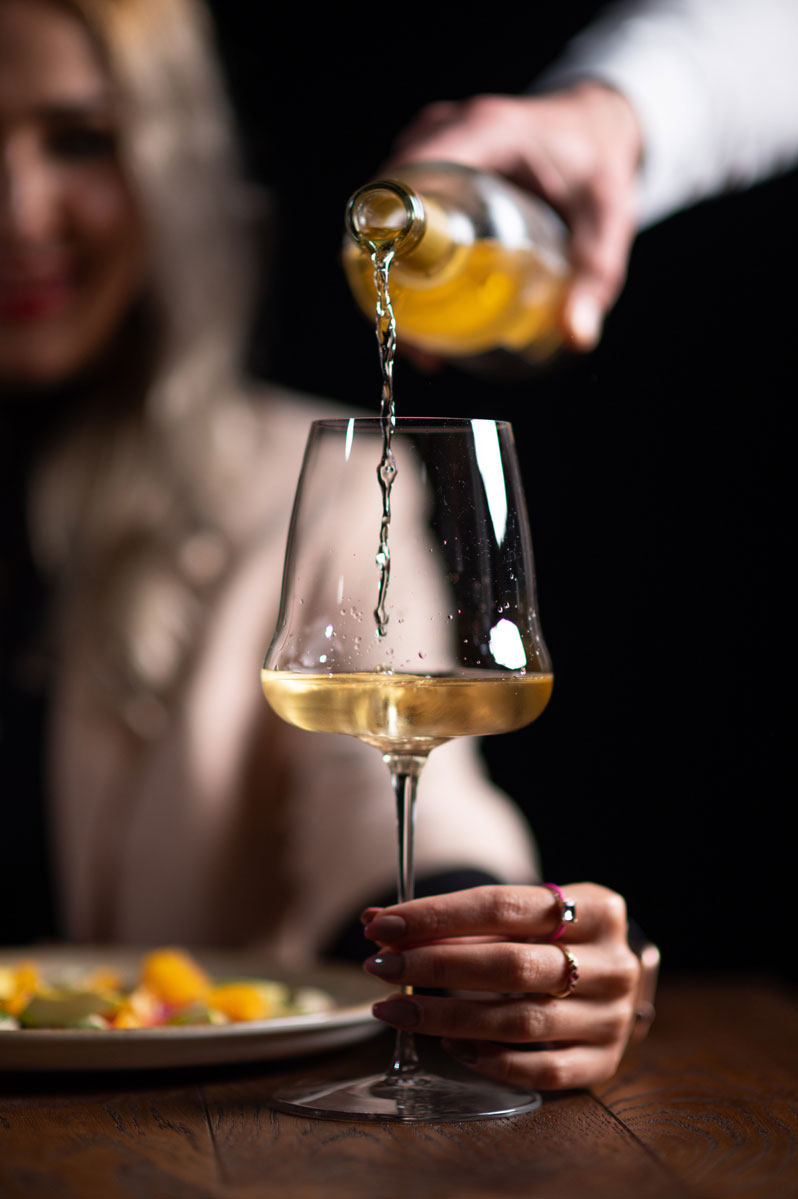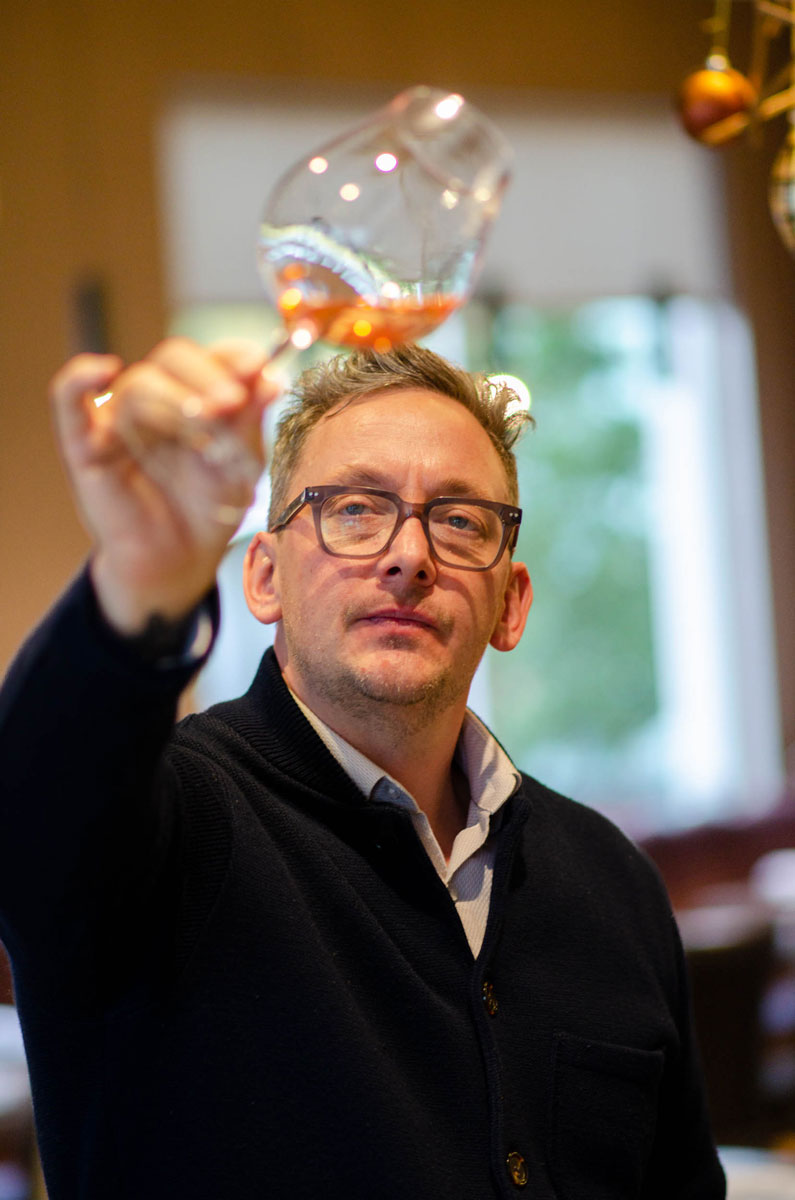
Wine Culture Magazine

A good by-the-glass program can take guests on an exciting adventure. Facebook.com/WildlightRestaurant photo
A good by-the-glass program is a revelation. It’s a space for guests to enjoy, dive into and discover the wide and wild world of wine—to introduce themselves to Assyrtiko, be beguiled by Beaujolais or fall for Falaghrina.
But a bad by-the-glass program can feel like a last resort, a poor consolation prize for those who don’t have the wherewithal to order a bottle.
While many sommeliers pride themselves on extensive bottle lists and stellar service, it’s difficult to build an exciting, engaging list of glass pours.
“A well-curated by-the-glass program is essential to a profitable and engaging wine program,” says Christian P. Hamel, wine director at Toronto’s recently reopened steakhouse, The Harbour Sixty. “It must strike a balance between being interesting, financially viable and offering value. And the selection should align with the restaurant’s concept, from the size of the list to approachability of the wines.”
So how do sommeliers do it?

At Published on Main, Jayton Paul leans toward the low-intervention wines that complement the restaurant’s ethos. Instagram.com/Published.on.Main photo
“To implement a good by-the-glass program, first things first: Work out your restaurant’s market segment, who you are and the style of establishment you’d like to be,” says Wildlight Kitchen + Bar’s Michael Cooke. “Maybe you need a tight five glasses for a casual atmosphere, or a broader roster of options.”
He’s got 20 on his list, hitting light to heavy, dry to sweet, and at all manner of price points. And there’s also always club classics: Pinot or Gamay, Cabernet Sauvignon and Barolo. Still, he finds building a by-the-glass program is “a big juggling act,” he continues. “It’s a never-ending puzzle you never quite finish.”
Jayton Paul, wine director of Michelin-starred Published on Main, picks glass pours based on ethos—low interventionist, organics and biodynamics are the priority. “We celebrate wines crafted from healthy, happy plants that are farmed with sustainable and ethical practices,” he says.
Outside of those guardrails, the list globe-trots. There’s quirky natural producers, iconic bottles of Burgundy and Krug Grande Cuvée 171ème Édition. “We strike a balance between prestige and playfulness,” says Paul. “Oh, and Riesling. There will always be Riesling.”

At Published on Main, the wines offered by the glass travel the world and always include at least one Riesling. E+/ilkermetinkursova photo
The only thing Published doesn’t have? California Cab. “It just doesn’t align with the majority of our food offerings,” says Paul. Sure, Napa fans will be disappointed, but for the somm team, it’s an opportunity to introduce guests to their next favourite wine.
Good by-the-glass lists are places of experimentation and discovery, where California Chardonnay drinkers are introduced to Roussanne and Cabernet fans are escorted to Priorat.
Mya Brown, head sommelier at The Westin Bayshore Vancouver, notes that building a list like this is more labour intensive.
“When you intentionally opt not to serve the obvious choices, it requires a little bit of additional education so staff are speaking comfortably to what’s on offer,” says Brown. “But if the team understands why a wine’s unique and its purpose on the list, that confidence translates. Guests are willing to take a chance on something different.”
The big “if” here: The wine still needs to be approachable in palate and price.
To Hamel, nailing a by-the-glass list is about balance. It’s finding bottles that are affordable and quaffable, but equally full of intrigue and excitement.
“When it comes to approachability, the key is guiding guests toward discovering new wines without overwhelming them,” says Hamel. “A thoughtful mix of classic regions alongside emerging ones creates a sense of familiarity, while encouraging exploration. That balance helps guests feel at ease, while simultaneously expanding their palate.”
He also does have recognizable wines, but he’s careful about which ones and how many. “Offering wines that are too familiar can diminish the perceived value,” Hamel says. “If guests recognize a wine, the illusion of value can be disrupted once they mentally calculate the markup. We should maintain a spell of discovery and exclusivity.”

At Provence Marinaside, Joshua Carlson offers dozens of wines by the glass, assisted by several preservation systems. Photo courtesy of Provence Marinaside
Provence Marinaside has invested in a variety of wine preservation systems (including Coravin, Verre de Vin and Wines in a Keg) that allow wine director Joshua Carlson to have dozens of glass options available on any given day.
They range in price from $9 everyday rosés to $75 cult California wines. “We offer familiar wines for those who don’t want to deviate too far from their comfort zone and we offer very nerdy wines not offered anywhere else—little gems waiting to be discovered,” says Carlson.
Part of the list is education—highlighting textbook examples of varietals so students of the WSET or Court of Master Sommeliers can pop in for a study session. There are also heavily allocated wines that go quickly, and cool-kid wines that make the by-the-glass list not just a requisite, but a real draw.
“We are excited about the wines that we pour, and we want our guests to be excited, too,” Carlson says.
Kathryn Wood, wine director at Wild Blue Restaurant + Bar in Whistler, also uses Coravin. “It allows us to play with wines that might not be everyday drinkers, giving guests an opportunity to compare similar varieties and explore different senses of place.”
A broad by-the-glass selection also helps perfect pairings. The key is finding the right wine for each dish and making sure it’s available.
That’s why Dawn Schultz, food and beverage manager at the Kingfisher Pacific Resort & Spa, uses her by-the-glass program to pivot to both guest preferences and global shifts.
“I used to host a balanced list of international selections and British Columbia examples,” says Schultz. “But with the current climate, we’re getting more requests for Canadian-made wines. I have never been so proud to switch up my by-the-glass program.”

At Kingfisher Pacific Resort & Spa, Dawn Schultz is getting more requests for Canadian wines. Photo courtesy of Kingfisher Resort & Spa
A by-the-glass list is tricky. The financially minded know glass pours help move bottles that aren’t selling or recoup costs lost elsewhere in the beverage program.
But good beverage directors look beyond budgetary draws. A good glass list ignites intrigue, gets guests excited about wine, offers a world of pairing capabilities and, importantly, does all of the above at any price point.
“Cost is a challenge,” says Schultz. “We are always on the hunt for wines that show well and pass value to our guests. Money needs to be stretched further these days, yet people still want to enjoy the finer things in life.”
In this economy? That’s tough. So savvy somms focus on offering bang-for-your-buck glasses that are an adventure, and one that both the sommelier and the guest are strapped in for.
“The by-the-glass selection serves as the beginning of a conversation, allowing the sommelier to engage with guests and build trust,” says Hamel. “It creates opportunities to introduce guests to new styles, regions or producers, fostering curiosity and encouraging exploration.”
He adds: “As that relationship develops, guests are more likely to trust our recommendations and feel confident in the full-bottle selection, which ultimately enhances both their experience and the restaurant’s wine program.”
Here are some of the exciting wines our sommeliers are pouring by the glass.

Mya Brown, The Westin Bayshore:
“I love having the Salcheto Chianti Biskero by the glass. It’s made as a natural wine, but drinks like a textbook Chianti—juicy red berries, white pepper and herbs. It’s versatile and absurdly well priced for the quality.”

Joshua Carlson, Provence Marinaside:
“One wine I find that flies under the radar on our list, but I am always delighted to present, is Domaine Comte Abbatucci ‘Il Faustine’ Vielle Vignes Rouge. It’s a lovely light red blend of Sciaccarellu (sha-ka-REL-loo) and Niellucciu (nee-el-Loo-choo) from one of the oldest vineyards in Corsica. Besides being wonderfully difficult to read, and incredibly fun to pronounce, it is a perfect red to accompany seafood, meats and pasta. It has bright red fruit notes reminiscent of cherries, soft tannins, a fresh mineral mid-palate that is like warm sea air, and a generous, lengthy acidity that ties everything together.”

Michael Cooke, Wildlight Kitchen + Bar:
“The Blue Mountain Brut Rosé 2020 is one of my favourites by the glass at $21 and $99 a bottle. It is a rare gem, boasting a delicate strawberry and cream freshness that captures the essence of summer. With nearly two years spent on lees, followed by an additional year in bottle, this wine unveils a rich depth and elegance, making each sip a truly special experience. It will rival many French Champagnes out there.”

Dawn Schultz, Kingfisher Pacific Resort & Spa:
“One of my current favourite wines to pour by the glass is the Alderlea Sauvignon Blanc from Vancouver Island. Since the Island doesn’t produce much Sauvignon Blanc, it’s truly a hidden gem. It’s crisp, with vibrant citrus notes, and really showcases the unique character of our terroir. We’re proud to serve it at the Kingfisher Resort—it’s a wine that always impresses our guests.”
Kate Dingwall is a WSET-trained wine professional and a writer, editor and photographer covering spirits, food, culture and travel for publications such as Food & Wine and Serious Eats.
Kate Dingwall is a WSET-trained wine professional and a writer, editor and photographer covering spirits, food, culture and travel for publications such as Food & Wine and Serious Eats.
Copyright © 2025 - All Rights Reserved Vitis Magazine